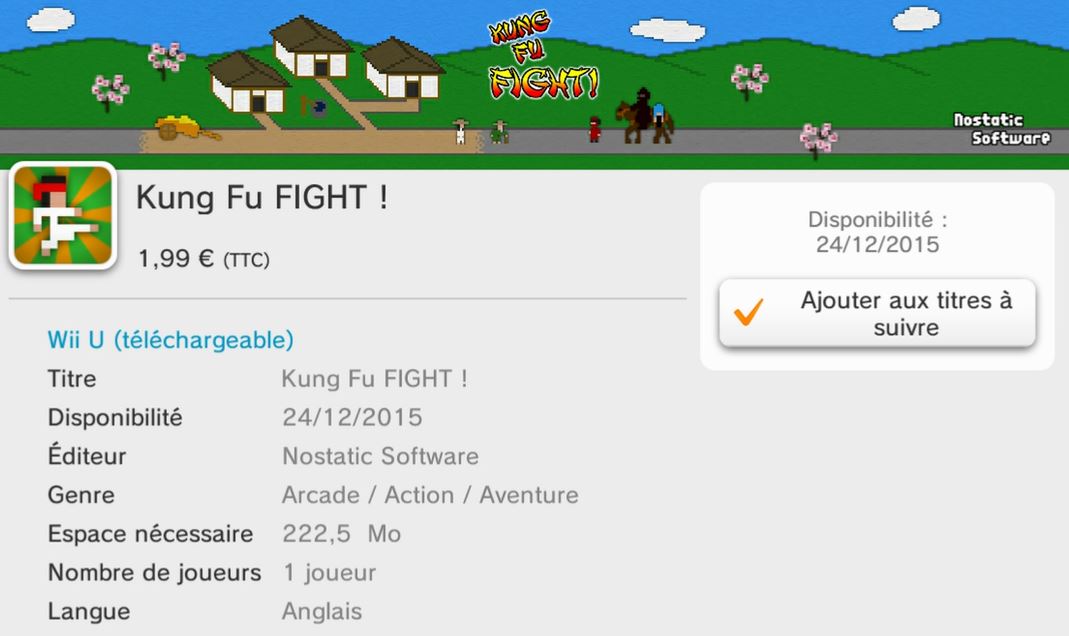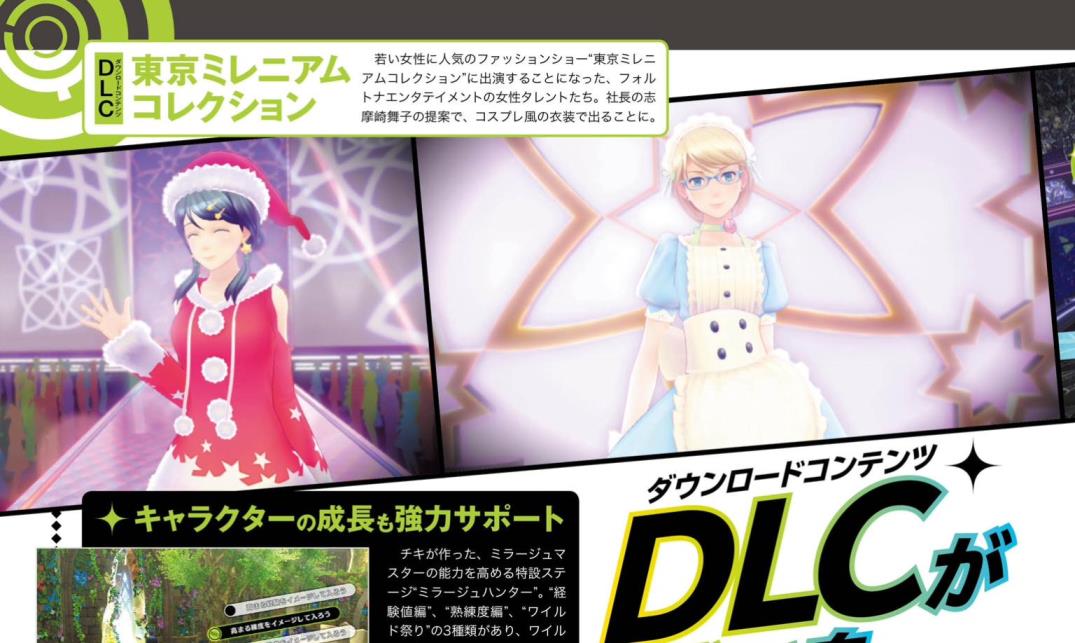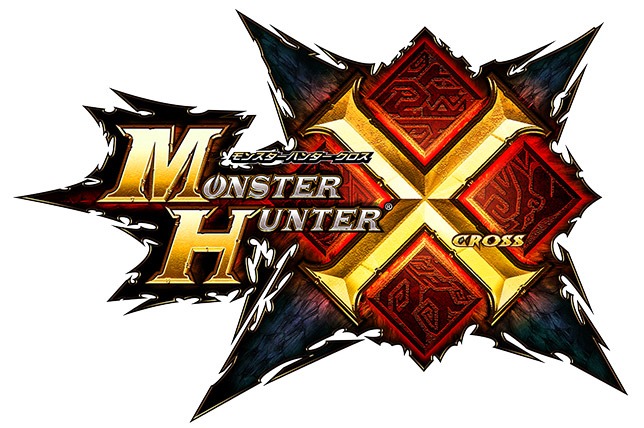Kung Fu FIGHT! previously released on the North American Wii U eShop back in August. Those in Europe will have access to it starting next Thursday. When it’s available, pricing will be set at €1.99.
Square Enix sent out its regular weekly update for Dragon Quest Monsters: Joker 3 today. Find the game’s latest screenshots below.
Nintendo has formed a partnership with Napster to bring the music streaming service to Wii U. Starting tomorrow, console owners in Europe can download the app for free. Those with a Napster Unlimited subscription can access the service in full. If you’re not a member, a 30-day trial can be obtained at the Napster website.
On the GamePad, users can “easily search for a specific track, album or artist as well as browse by genre, top albums, tracks and artists, ensuring music enthusiasts can discover and play the latest releases.” The controller “can also be used to access hundreds of curated radio stations by genre, artist, theme or mood, as well as Napster Playlists created by Napster’s group of resident music experts.” The app can store a library of favorite tracks and personal playlists, created in the Napster app for smartphones/tablets or through the Napster web service.
This week’s Famitsu scans are now available. Highlighted games include Dragon Quest Monsters: Joker 3, Food Wars 3DS, Genei Ibun Roku #FE, Mario & Sonic at the Rio 2016 Olympic Games 3DS, Monster Strike, My Hero Academia, Pokken Tournament, and Puzzle & Dragons: Super Mario Bros. Edition (update). Scans of each title can be found in the gallery below.
This month’s EDGE review scores are as follows:
Just Cause 3 – 7
Fallout 4 – 8
Star Wars Battlefront – 7
Call of Duty: Black Ops 3 – 7
Xenoblade Chronicles X – 7
Game of Thrones: Season 1 – 5
Guild Wars 2: Heart of Thorns – 8
Mario & Luigi: Paper Jam Bros – 7
Persona 4: Dancing all Night – 6
The latest Japanese hardware sales from Media Create are as follows:
New 3DS LL – 81,294
Wii U – 47,890
PS4 – 38,497
Vita – 35,116
New 3DS – 19,454
3DS – 8,549
3DS LL – 3,531
PS3 – 2,434
Vita TV – 793
Xbox One – 609
For comparison’s sake, here are the hardware numbers from last week:
New 3DS LL – 76,779
PS4 – 35,782
Wii U – 32,604
Vita – 21,860
New 3DS – 17,202
3DS – 7,915
PS3 – 1,916
3DS LL – 1,113
Vita TV – 646
Xbox One – 289
And here are the software charts:
1. [3DS] Monster Hunter X – 192,203 / 2,013,048
2. [3DS] Yo-kai Watch Busters – 52,878 / 1,851,500
3. [WIU] Splatoon – 51,138 / 912,335
4. [WIU] Super Mario Maker – 48,600 / 491,188
5. [PSV] Valkyrie Drive: Bhikkhuni – 39,013 / NEW
6. [PSV] Steins;Gate Zero – 38,746 / NEW
7. [PS4] Steins;Gate Zero – 38,156 / NEW
8. [3DS] Mario & Luigi: Paper Jam – 32,580 / 81,847
9. [3DS] Animal Crossing: Happy Home Designer – 27,669 / 1,175,208
10. [PS4] Gravity Rush Remastered – 25,004 / NEW
11. [PS4] Rainbow Six Siege – 23,402 / NEW
12. [PSV] The Idolm@ster: Must Songs – Red Board / Blue Board – 23,349 / NEW
13. [3DS] Disney Magical World 2 – 21,553 / 152,533
14. [PSV] Minecraft: PlayStation Vita Edition – 17,643 / 442,010
15. [PSV] The Legend of Heroes: Trails in the Sky SC Evolution – 15,202 / NEW
16. [3DS] Rhythm Heaven: The Best Plus – 14,232 / 524,053
17. [3DS] Sumikko Gurashi Omise Hajimerun Desu – 12,506 / 41,953
18. [PS4] Call of Duty: Black Ops II – 8,840 / 240,340
19. [PS3] Steins;Gate Zero – 8,645 / NEW
20. [PS4] Star Wars Battlefront – 8,368 / 160,104
More maintenance for Xenoblade Chronicles X will be taking place tonight. Fortunately, it’s estimated to last just over an hour.
Here’s when the maintenance is scheduled for:
– 5:50 PM PT – 7 PM PT
– 8:50 PM ET – 10 PM ET
– 1:50 AM in the UK – 3 AM in the UK
– 2:50 AM in Europe – 4 AM in Europe
While the maintenance is occurring, all of Xenoblade Chronicles X’s network services will be impacted.
Splatoon has managed to sell over one million copies in Japan. Nintendo announced the news on its blog, confirming the figure is what has been sold to consumers rather than shipped.
In other news, the Squid Sisters will be performing at the finale for Splatoon’s Japanese tournament – Splatoon Koshien 2016 – on January 30. That’ll be held at the following times:
– 12 AM PT
– 3 AM ET
– 8 AM in the UK
– 9 AM in Europe
A new trailer has gone up for SEGA 3D Reprint Archives 2, which you can view below. The video itself actually supports anaglyph 3D!


























































